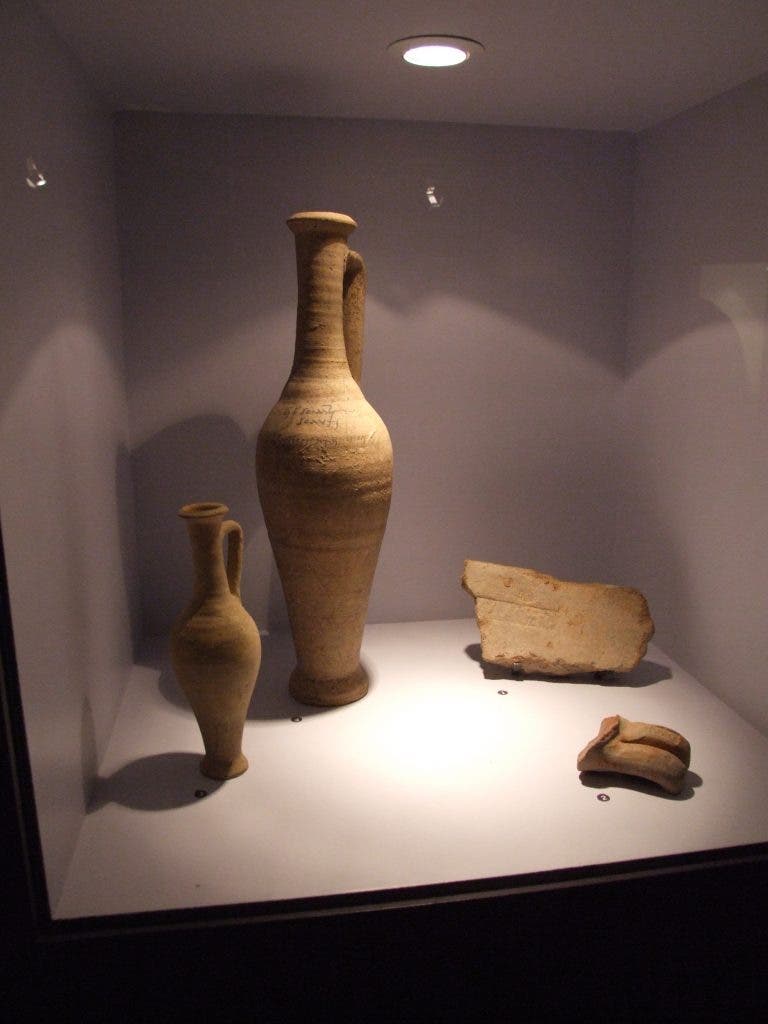Archaeologists working off the coast of Italy have found a Roman shipwreck containing three thousand fish sauce vessels.

The Romans controlled the Mediterranean, and a salty fermented fish sauce was ubiquitous in Classical Roman cooking, often mixed with wine, vinegar or honey. The fish sauce, or garum, was a staple for cooking in Spain, Portugal and Italy, and the ship was likely heading to one of these countries to transport the shipment.
“It’s an exceptional find that dates to the first or second century AD,” team leader Simonluca Trigona said in a statement. “It’s one of just five ‘deep sea’ Roman vessels ever to be found in the Mediterranean and the first one to be found off the coast of Liguria. We know it was carrying a large cargo of garum when it sank.”
The ship was 25 meters long and sank down to 200 meters beneath the surface. Archaeologists spent two years tracking it before ultimately locating it; of course, the fish sauce was long gone after the passing centuries, but the jars still remained.
“After we filmed the wreck and analysed an amphora [clay jar] and some fragments that a robotic craft brought back to the surface, we realized the ship was carrying a huge quantity of fish sauce when it sank. The amphora are almost all of a certain type, which was used exclusively for garum.”
They also found wine jars, which makes them know with almost certainty where the ship was heading.
“It’s a nice find because it means we are almost sure about the route this ship was on,” Trugona said. “She most likely sailed out of Rome along the Tiber and sank a couple of weeks later while making the return journey, weighed down by all that fish sauce.”






